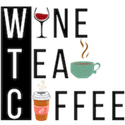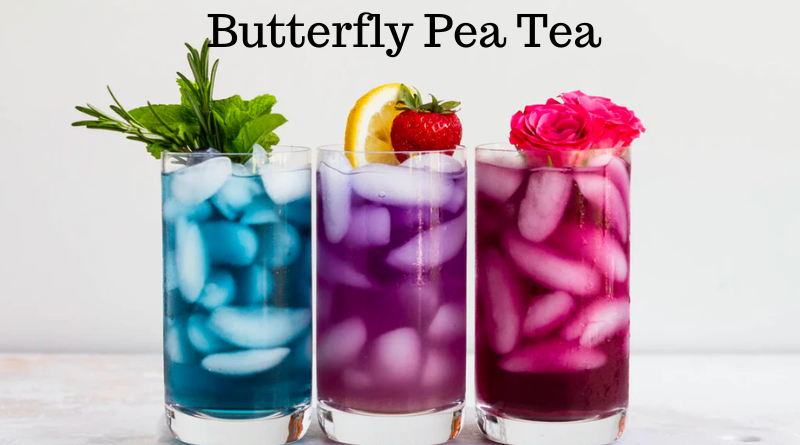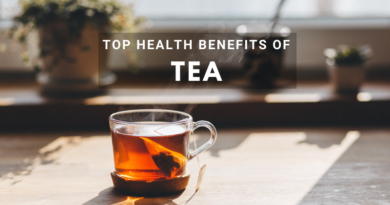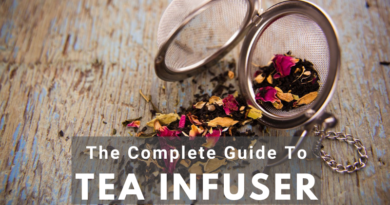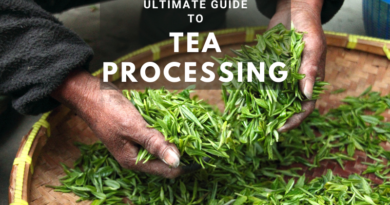Butterfly Pea Tea: The Secret Ingredient for Colorful Cocktails and Healthy Living
Butterfly pea tea has been gaining popularity in recent years, thanks to its vibrant blue color and numerous health benefits. Made from the flowers of the butterfly pea plant, this tea has been used for centuries in traditional medicine to promote relaxation, improve cognitive function, and enhance skin health. In this comprehensive guide, we will explore the various health benefits and culinary uses of butterfly pea tea, as well as how to prepare it at home.
Whether you’re a tea enthusiast or simply looking for a new way to incorporate healthy ingredients into your diet, Butterfly pea flower tea is a versatile and delicious option to consider. So, let’s dive in and discover the wonders of this beautiful and beneficial tea.
Health Benefits of Butterfly Pea Tea
Butterfly pea tea is a herbal tea made from the flowers of the Clitoria ternatea plant, commonly known as butterfly pea. It has been used for centuries in traditional medicine to treat various health conditions. In recent years, its popularity has increased due to its vibrant blue color and numerous health benefits. Here are some Butterfly pea flower tea benefits:

Antioxidant properties
Butterfly pea tea is rich in antioxidants, which help to neutralize harmful free radicals in the body and prevent cellular damage. This can help to reduce the risk of chronic diseases such as cancer and heart disease.
Reducing stress and anxiety
The flavonoids and anthocyanins found in butterfly pea tea have been shown to have a calming effect on the mind and body, reducing feelings of stress and anxiety. This makes it a popular choice for those looking to manage stress and improve mental wellbeing.
Boosting brain function
Butterfly pea tea contains compounds that are believed to improve cognitive function and memory. It has been traditionally used to improve mental clarity and focus.
Promoting skin health
The antioxidants found in Butterfly pea flower tea also help to promote skin health by protecting against damage from UV radiation and reducing inflammation. It is also believed to help prevent premature aging and improve skin elasticity.
Improving eyesight
Butterfly pea tea has been traditionally used to improve eyesight, as it contains antioxidants and other compounds that may help to protect the eyes against damage from free radicals and improve blood flow to the eyes.
Helps regulate blood sugar levels
Butterfly pea flower tea may help to regulate blood sugar levels and prevent diabetes, as it contains compounds that can improve insulin sensitivity and reduce glucose levels in the blood.
How To Prepare Butterfly Pea Tea
Preparing butterfly pea tea is a simple and straightforward process that can be done in just a few easy steps. Here’s a step-by-step guide on how to prepare Butterfly pea flower tea:

Ingredients
- Dried butterfly pea flowers or butterfly pea tea bags
- Hot water
- Optional: sweetener, lemon or lime juice
Instructions
- Bring water to a boil. For one cup of tea, use one teaspoon of dried butterfly pea flowers or one butterfly pea tea bag.
- Place the dried butterfly pea flowers or tea bag into a tea infuser or directly into a cup.
- Pour the hot water over the butterfly pea flowers or tea bag.
- Let the tea steep for 3-5 minutes, depending on desired strength. The longer it steeps, the deeper blue the color will be.
- Remove the tea infuser or tea bag.
- Optional: add sweetener to taste, such as honey or stevia, or a squeeze of lemon or lime juice to enhance the flavor.
- Serve and enjoy!
Butterfly pea tea can be enjoyed hot or cold, depending on your preference. To make iced butterfly pea tea, simply let the tea cool and pour over ice. You can also experiment with adding other herbs or spices to create your own unique blend of tea.
Culinary uses of butterfly pea tea
Butterfly pea tea is not only a popular herbal tea, but it also has various culinary uses due to its vibrant blue color and subtle flavor. Here are some culinary uses of Butterfly pea flower tea:
Natural food coloring
The deep blue color of butterfly pea tea can be used as a natural food coloring agent in various dishes and beverages, such as smoothies, cocktails, rice, noodles, and desserts. Its unique color adds a striking visual appeal to any dish.
Infused oil and vinegar
Butterfly pea tea can be used to infuse oil or vinegar, which can be used in salad dressings, marinades, and sauces. The infusion not only adds color but also imparts a subtle flavor to the oil or vinegar.
Baking
Butterfly pea tea can be used in baking to add color and flavor to baked goods such as cakes, muffins, and bread. It can also be used as a substitute for food coloring in frosting or icing.
Tea blends
Butterfly pea tea can be blended with other herbs and spices to create unique tea blends that offer both flavor and health benefits. It pairs well with ingredients like lemongrass, ginger, and mint.
Traditional Thai dishes
In Thailand, butterfly pea tea is commonly used as an ingredient in traditional dishes such as rice, noodles, and desserts. The blue color of the tea is also used to dye certain foods like dumplings and sticky rice.
Where to buy butterfly pea tea:
Butterfly pea tea can be found in various health food stores, specialty tea shops, and online retailers. Here are some places where you can buy butterfly pea tea:
- Health food stores: Local health food stores or natural food markets are great places to look for butterfly pea tea. These stores typically carry a wide range of herbal teas and supplements, and may carry Butterfly pea flower tea as well.
- Specialty tea shops: Specialty tea shops or online retailers that focus on herbal teas may carry butterfly pea tea. These shops often have a wider selection of teas and can provide information about the tea’s origin, flavor profile, and brewing instructions.
- Online retailers: Butterfly pea flower tea can be found on various online retailers such as Amazon, Etsy, and Teavana. When buying online, be sure to read reviews and check the seller’s ratings to ensure that you are getting a high-quality product.
- Asian markets: Butterfly pea tea is a popular ingredient in Southeast Asian cuisine, and can often be found in Asian markets or specialty grocery stores. These stores may carry both the dried flowers and pre-packaged tea bags.
When purchasing butterfly pea tea, it’s important to look for high-quality, organic tea to ensure that you are getting a pure and authentic product. Some tea blends may also contain other herbs or flavors, so be sure to read the label carefully if you are looking for pure Butterfly pea flower tea.
Butterfly Pea Milk Tea
Butterfly pea milk tea is a popular variation of the traditional butterfly pea tea. This unique beverage combines the vibrant blue color of butterfly pea tea with the creamy texture of milk, creating a delicious and visually stunning drink. Here’s how to make butterfly pea milk tea:
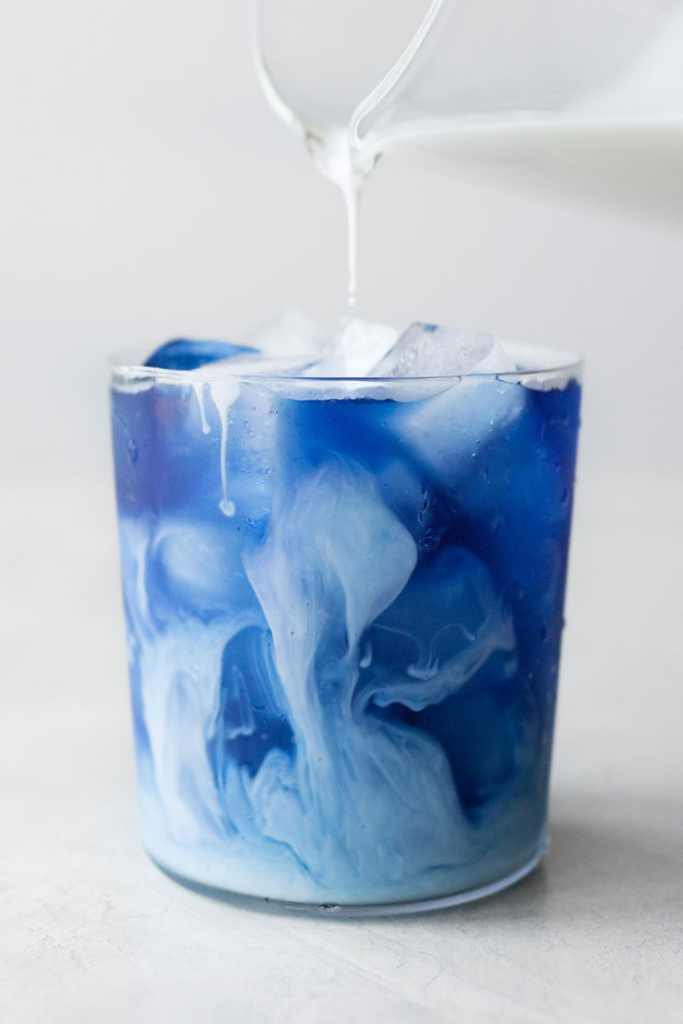
Ingredients:
- 1-2 tablespoons of dried butterfly pea flowers or 1-2 butterfly pea tea bags
- 1 cup of milk (dairy or non-dairy)
- Sweetener of your choice (honey, sugar, or agave nectar)
- Ice (optional)
Instructions:
- Brew the butterfly pea tea by steeping the dried flowers or tea bags in hot water for 5-10 minutes. The longer you steep, the darker the blue color will be.
- Add sweetener to taste, stirring until it is dissolved.
- Add 1 cup of milk to the tea and stir until the color is evenly distributed. The tea will turn a lavender or light blue color when the milk is added.
- Add ice if desired and enjoy!
Butterfly pea milk tea not only looks and tastes delicious, but it also offers health benefits from the Butterfly pea flower tea and the milk. The tea is rich in antioxidants and has anti-inflammatory properties, while milk is a good source of calcium and vitamin D. Additionally, non-dairy milk options such as almond or oat milk can provide additional health benefits for those who are lactose intolerant or vegan.
Conclusion
In conclusion, butterfly pea tea and butterfly pea flower tea are delicious and nutritious beverages that offer a range of health benefits. From its natural blue hue to its antioxidant-rich properties, butterfly pea tea has become a popular choice among tea enthusiasts and health-conscious individuals. Its versatility in both culinary and beverage applications makes it an exciting ingredient to experiment with in the kitchen.
For those who are looking for a unique and visually stunning beverage, butterfly pea milk tea is a great option to try. Its creamy texture and blue color make it an Instagram-worthy drink that is also packed with health benefits.
Whether you are a tea lover or looking to try something new, Butterfly pea flower tea and its variations are definitely worth a try. So why not add this beautiful and beneficial tea to your daily routine and enjoy all the wonders it has to offer!
FAQs
What does butterfly pea tea taste like?
A: Butterfly pea tea has an earthy and slightly woody flavor, with a subtle sweetness and a hint of nuttiness. It also has a slightly astringent aftertaste that can be balanced with a touch of sweetener.
How to make butterfly pea tea?
A: To make butterfly pea tea, steep 1-2 tablespoons of dried butterfly pea flowers or 1-2 Butterfly pea flower tea bags in hot water for 5-10 minutes, strain the tea, and sweeten to taste.
Does butterfly pea tea have caffeine?
A: Butterfly pea tea is a herbal tea that does not contain caffeine.
